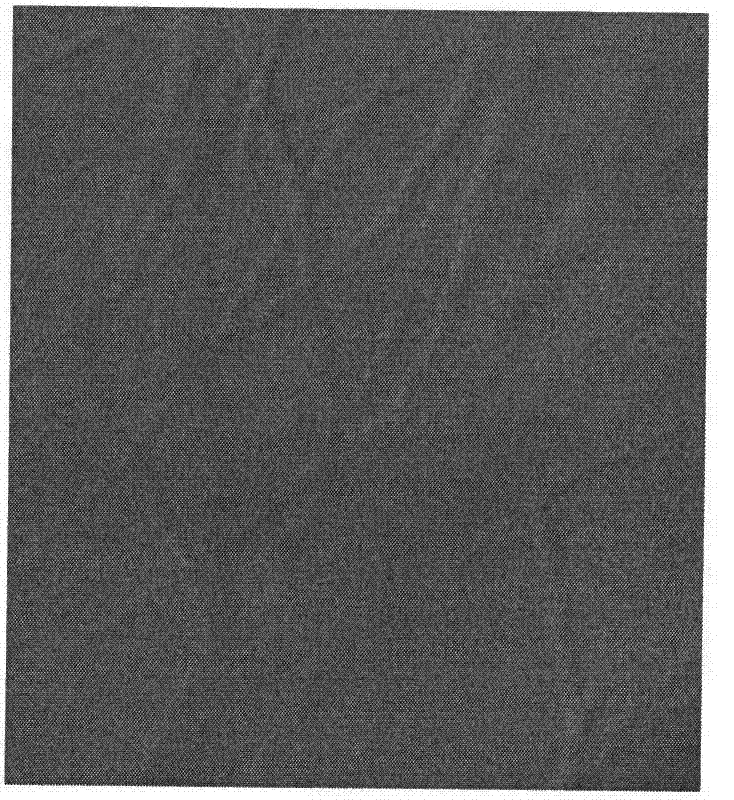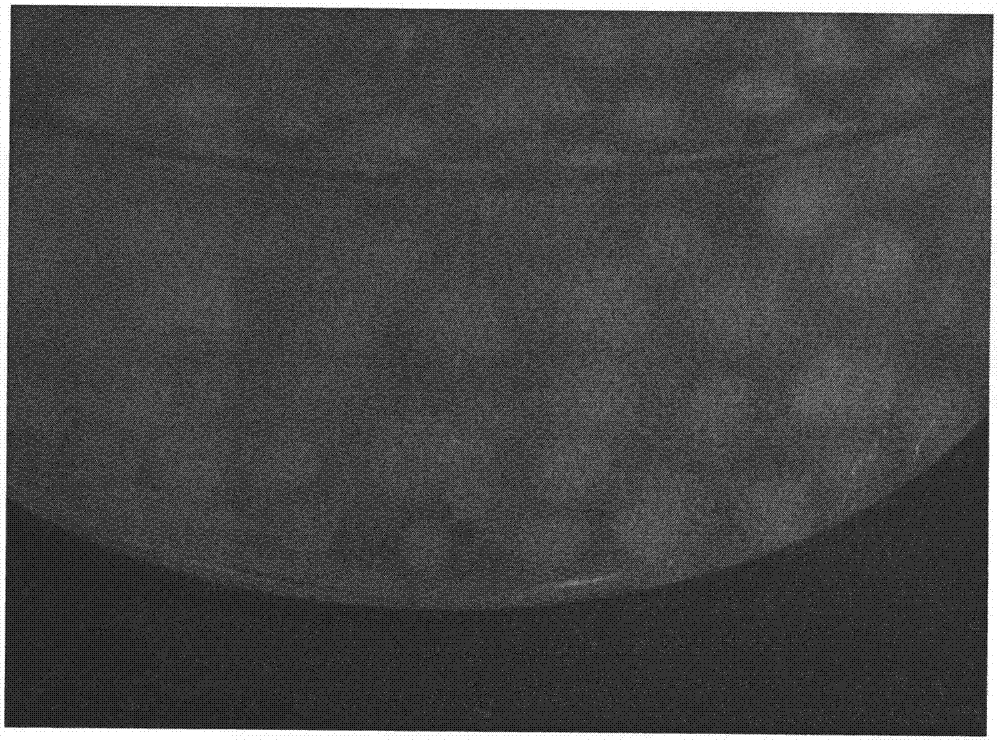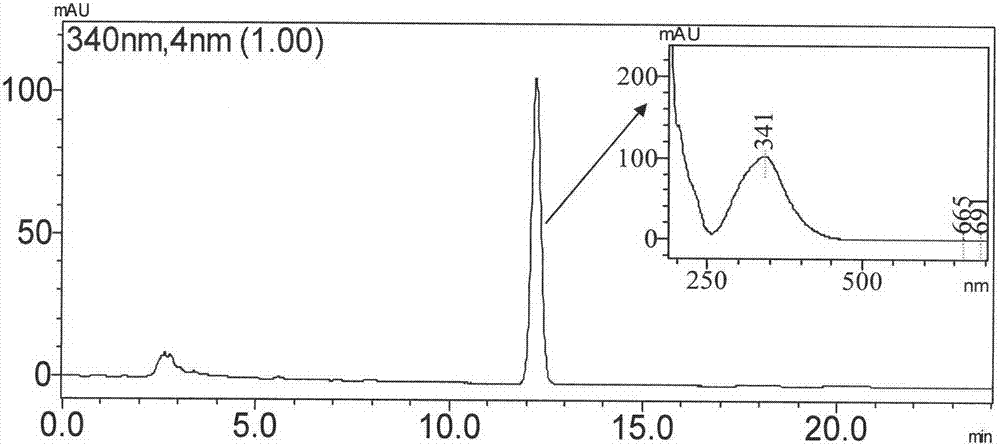Ceriporia lacerata strain and application thereof
A technology for tearing C. cereus and strains, which can be used in fungi, microorganisms, biochemical equipment and methods, etc., and can solve problems such as non-reporting
- Summary
- Abstract
- Description
- Claims
- Application Information
AI Technical Summary
Problems solved by technology
Method used
Image
Examples
Embodiment 1
[0038] Screening of strain Ceriopria lacerate DMC1106 (CCTCC NO: M2012201)
[0039] (1) Collect complete waterweed flower buds in a sealed bag (with a little water in the bag), store them in an incubator at 4°C, and return them to the laboratory for immediate processing.
[0040] (2) Wash the flower buds with tap water for 30 minutes, and then wash them with sterile water for 3 times.
[0041] (3) Put the preliminary treated flower buds in a sterile ultra-clean bench, carry out disinfection according to the following steps, carry out surface disinfection with 75% alcohol, rinse the tissue with sterile water for 3-4 times, and disinfect with 10% NaClO for 10 minutes. Rinse the tissue with bacterial water 3-4 times.
[0042] (4) the above-mentioned processed flower buds are cut into 0.5cm with a scalpel sterilized in advance2 Place them on the PDA medium with 200 mg / L penicillin, and cultivate them at 28±1°C. In order to check the disinfection effect, a control group experimen...
Embodiment 2
[0046] Microscopic morphology and molecular identification of strain Ceriopria lacerate DMC1106 (CCTCC NO: M2012201):
[0047] The microscopic morphology observation adopts the solid plate culture method: culture on PDA medium, culture at 28±1°C for 3 days, the colony diameter is 2-3cm, and the colony covers the entire petri dish after 6-7 days. The colony edge is uneven and radial. It is thicker in the middle, thinner at the edge, with white fluff on the surface, and the entire colony is filamentous and intertwined, which is not easy to pick. After maturity, the whole plate shows a thicker layer of membranous culture, and the back is light yellow. See figure 1 .
[0048] Molecular identification using ITS-DNA identification: take the 7-day-cultivated fermentation liquid and the pretreated bacterial liquid, centrifuge at 5000g for 5 minutes, discard the supernatant, add 300 μL of Chelex lysate to the precipitate, add 10 μL of proteinase K (invitrogen), and heat at 56°C , 1-2h...
Embodiment 3
[0050] A method for preparing 2', 4'-dihydroxy-6'-methoxy-3', 5'-dimethylchalcone (DMC) from the fermentation strain Ceriopria lacerate DMC1106 (CCTCC NO: M2012201), comprising Follow the steps below:
[0051] (1) Under sterile conditions, place the strain Ceriopria lacerate DMC1106 (CCTCC NO: M2012201) on a sterilized solid potato sucrose medium plate (PDA), and activate it at 28±1°C for 4 to 5 days;
[0052] (2) Under sterile conditions, use an inoculation loop to pick 2 to 3 loops of the strain activated in step (1) (CCTCC NO: M2012201), insert it into the sterilized improved Sabouraud liquid seed medium, and incubate at 28± Cultivate at 1°C, 150rpm for 3 days, and use as grade 1 seeds;
[0053] Insert 15mL of grade 1 seeds into 200mL of sterilized modified Sabouraud liquid seed medium (glucose 20g / L, peptone 10g / L), and culture at 28±1℃, 150rpm for 2 days, and the obtained culture is used as fermentation culture the secondary seed of
[0054] (3) Insert 20mL of secondar...
PUM
 Login to View More
Login to View More Abstract
Description
Claims
Application Information
 Login to View More
Login to View More - R&D
- Intellectual Property
- Life Sciences
- Materials
- Tech Scout
- Unparalleled Data Quality
- Higher Quality Content
- 60% Fewer Hallucinations
Browse by: Latest US Patents, China's latest patents, Technical Efficacy Thesaurus, Application Domain, Technology Topic, Popular Technical Reports.
© 2025 PatSnap. All rights reserved.Legal|Privacy policy|Modern Slavery Act Transparency Statement|Sitemap|About US| Contact US: help@patsnap.com



